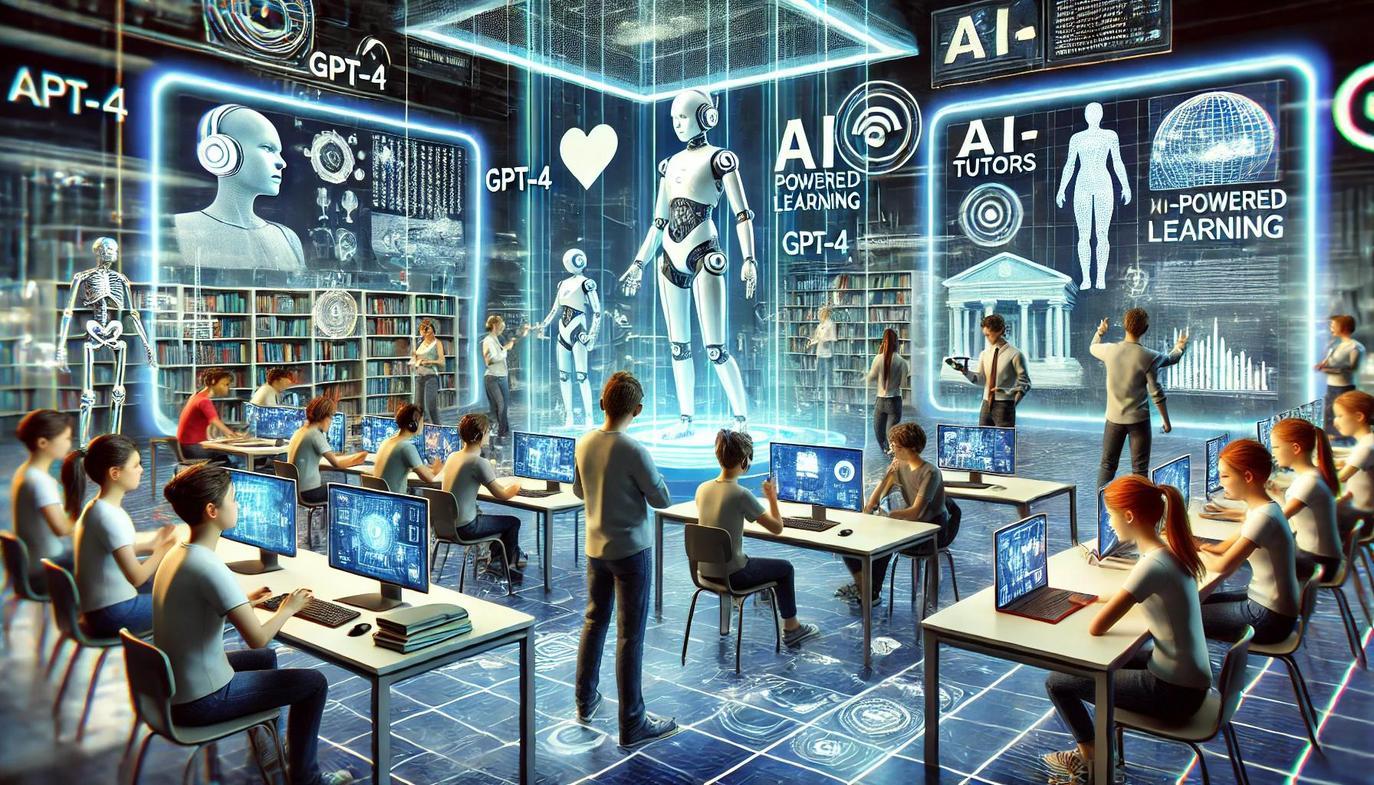How to Train Teachers for Effective AI-Integrated Classrooms: Essential strategies for 2024
Introduction
Artificial Intelligence (AI) is rapidly reshaping the educational landscape, providing both opportunities and challenges for schools and educators. As technology continues to evolve,the need for effective AI teacher training will be a defining factor in the success of AI-integrated classrooms in 2024 and beyond. but how can schools ensure their teachers are prepared to embrace and use AI technologies to enhance learning outcomes? In this extensive guide, we explore essential strategies, practical tips, and real-world insights for building teacher confidence and competence in AI-enabled teaching environments.
Why AI-Integrated Classrooms require Specialized Teacher Training
- Rapid Technological Advancements: AI tools evolve quickly, requiring ongoing professional development to stay current.
- Pedagogical Shifts: Effective use of AI demands new instructional strategies and classroom management techniques.
- Ethical & Privacy Concerns: Teachers need training in responsible AI use, data privacy, and digital citizenship.
- Personalized Learning: Leveraging AI’s data-driven analytics allows for more tailored support for diverse learners.
Essential Strategies for Teacher Training in AI-Integrated Classrooms
1. Establish a Foundation in AI Literacy
- Basic AI Concepts: Provide an overview of what AI is, how it functions, and common AI tools in education (e.g., clever tutoring, chatbots, grading assistants).
- Key Terminology: Ensure teachers understand vital terms like “machine learning”, “adaptive algorithms”, and “data-driven insights.”
- AI in everyday Life: Connect classroom applications to familiar technologies,making concepts relatable.
2. Hands-On Training with AI Tools
- Interactive Workshops: Facilitate in-person or virtual sessions where teachers actively use educational AI tools (like personalized learning platforms, automated grading apps, and classroom analytics dashboards).
- Sandbox Environments: Provide safe spaces for experimentation, trial and error, and peer collaboration—without the pressure of impacting real student data.
- Tutorial Libraries: Develop easy-to-access repositories of “how-to” guides and video tutorials targeted at different skill levels.
3. Foster Pedagogical Innovation
- Reimagine Lesson Planning: Train teachers to design AI-augmented lessons that emphasize higher-order thinking, creativity, and collaboration.
- Project-Based learning: Encourage the use of AI in student-driven inquiry and real-world problem-solving.
- Assessment and Feedback: Help educators integrate AI-generated insights to personalize feedback and support differentiated instruction.
4. Develop a Culture of Continuous Professional Development
- Professional Learning Communities (PLCs): Create teacher cohorts dedicated to exploring the latest AI trends, sharing classroom strategies, and solving challenges collaboratively.
- mentorship Programs: Pair early adopters with teachers new to AI integration, fostering mentorship and peer support.
- Micro-Credentials: Offer digital badges and certificates that recognize skill mastery and encourage ongoing learning.
5. address Ethical, Societal, and Privacy Concerns
- Ethics Training: Teach educators about algorithmic bias, transparency, and responsible AI use in the classroom.
- Data Privacy Workshops: Ensure teachers understand student data protection, GDPR compliance, and consent protocols.
- digital Citizenship: Provide guidance for modeling and teaching safe and ethical technology use to students.
Benefits of Effective AI Teacher Training
- Boosted Teacher confidence: Well-trained teachers feel empowered to explore and innovate with AI tools.
- Enhanced Student Learning: AI enables personalized pathways, accommodating different learning paces and styles.
- Time-Saving Automations: AI automates administrative tasks, freeing teachers for meaningful interactions.
- Data-Driven Insights: access to real-time analytics helps identify and address skill gaps faster.
- Equity and Inclusion: AI can support diverse learners and close achievement gaps when implemented thoughtfully.
Practical Tips for implementing AI Teacher Training in 2024
- Start Small, Scale Up: Pilot AI programs in a few classrooms before rolling out school-wide initiatives.
- Blend Online and Face-to-Face Learning: Offer a mix of self-paced e-learning and interactive in-person workshops.
- Customize content by Subject: Tailor AI integration strategies to each subject area for maximum impact.
- Solicit Teacher Feedback: Involve teachers in the training design process for higher relevance and buy-in.
- Stay Up-to-Date: Regularly refresh training materials to keep pace with new AI developments and tools.
case Study: AI Teacher Training Transformation
Springfield High School in the USA undertook a comprehensive AI teacher training initiative in 2023. The district launched bi-weekly workshops,focusing on practical use cases like automated essay scoring and predictive analytics for student performance. By forming small, subject-specific learning teams and implementing a mentorship program, Springfield saw:
- 70% increase in teacher confidence using AI dashboards by the end of the year
- Noticeable improvements in student engagement and personalized feedback delivery
- Reduced administrative workload, allowing more instructional time
The school’s success highlights the transformative power of structured, ongoing training—not just one-time sessions.
First-Hand Experience: A Teacher’s Viewpoint
“At first, AI in the classroom felt intimidating.The right training changed everything. Having access to hands-on workshops and ongoing support,I not only became confident with AI assessment tools,but I also learned to use data insights to truly personalize my students’ learning journeys.The results have been amazing for both student outcomes and my own job satisfaction!” – linda Chen,English Teacher,Toronto
Conclusion
Training teachers for AI-integrated classrooms requires more than just familiarizing them with new technologies; it demands a holistic approach that blends technical knowledge, innovative pedagogy, ethical considerations, and continuous professional growth. By investing in robust, well-structured AI teacher training programs, schools in 2024 can unlock unparalleled opportunities for both educators and their students—ensuring that learning is more engaging, personalized, and equitable than ever before.Now is the perfect time to empower your teaching teams for the AI-driven future of education.

